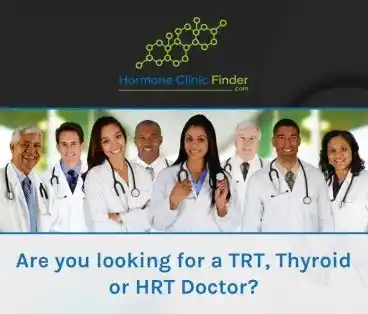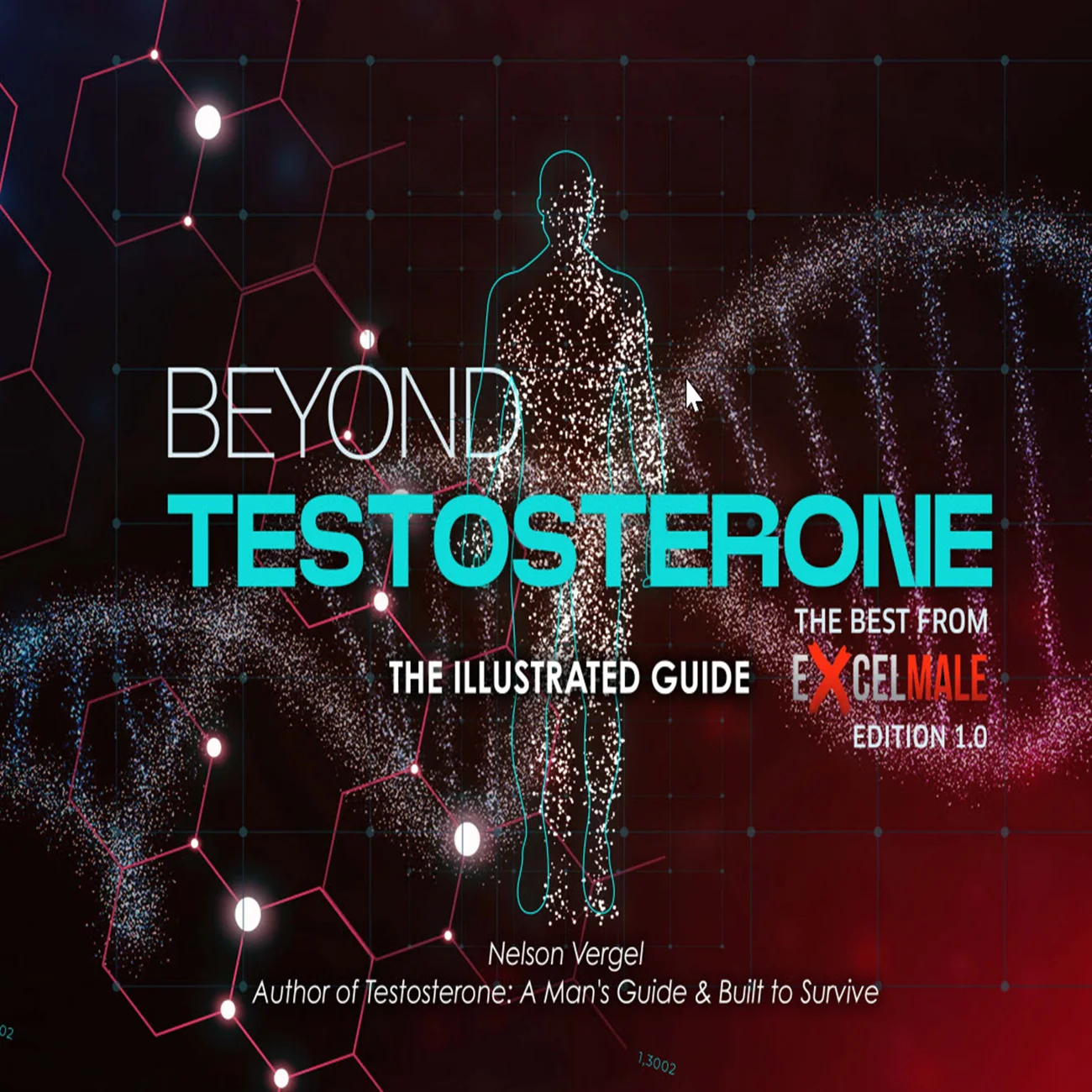madman
Super Moderator
Background
Testosterone replacement therapy (TRT) is a well-established treatment for symptomatic hypogonadal men to maintain secondary sex characteristics and alleviate symptoms associated with testosterone deficiency. However, evidence regarding the potential risk of pulmonary embolism (PE) in hypogonadal male patients undergoing TRT remains scarce and controversial. We present a case of male patient with primary hypogonadism diagnosed with unusual bilateral pulmonary embolism (PE) during TRT.
Case report
A 50-year-old male with primary hypogonadism was referred to our endocrinology outpatient clinic for evaluation of unexplained fatigue and persistent exercise intolerance despite ongoing TRT. According to medical history, the patient attributed these symptoms to suboptimal testosterone levels and had increased the TRT dosage without consulting his doctor. Initial laboratory workup revealed significantly elevated hemoglobin and hematocrit levels alongside supraphysiological serum total testosterone concentrations. On physical examination, the patient was tachycardic but normotensive, with a normal respiratory rate and oxygen saturation on room air. Given his clinical presentation, Wells’ criteria for pulmonary embolism stratified the patient as moderate risk. A D-dimer assay was markedly elevated, prompting an urgent computed tomography pulmonary angiogram (CTPA), which confirmed bilateral massive PE. Further investigations, including echocardiography, electrocardiography, and Doppler ultrasound of the lower extremities, were unremarkable. Accordingly, the patient was promptly initiated on a direct oral anticoagulant (DOAC) and transferred to a high-dependency unit for close monitoring.
Discussion and conclusion
The exact pathophysiological link between TRT and vascular events remains not fully elucidated. However, increasing body of evidence suggests that testosterone exerts erythropoietic stimulatory effects, leading to polycythemia, which may predispose patients to thromboembolic events. PE is a life-threatening condition, and its occurrence in males with hypogonadism under TRT represents a critical diagnostic challenge. This case highlights the need for awareness to early diagnosis of PE in hypogonadal men receiving TRT, particularly when unexplained symptoms such as fatigue and exercise intolerance arise. Further, we gave an evidence that PE in this patient population may mimic symptoms of testosterone deficiency and potentially leading to unwarranted dosage escalation and an increased risk of adverse vascular events. Therefore, regular clinical monitoring with individualized risk assessment are crucial in hypogonadal patients undergoing TRT to mitigate the risk of thrombotic complications.












